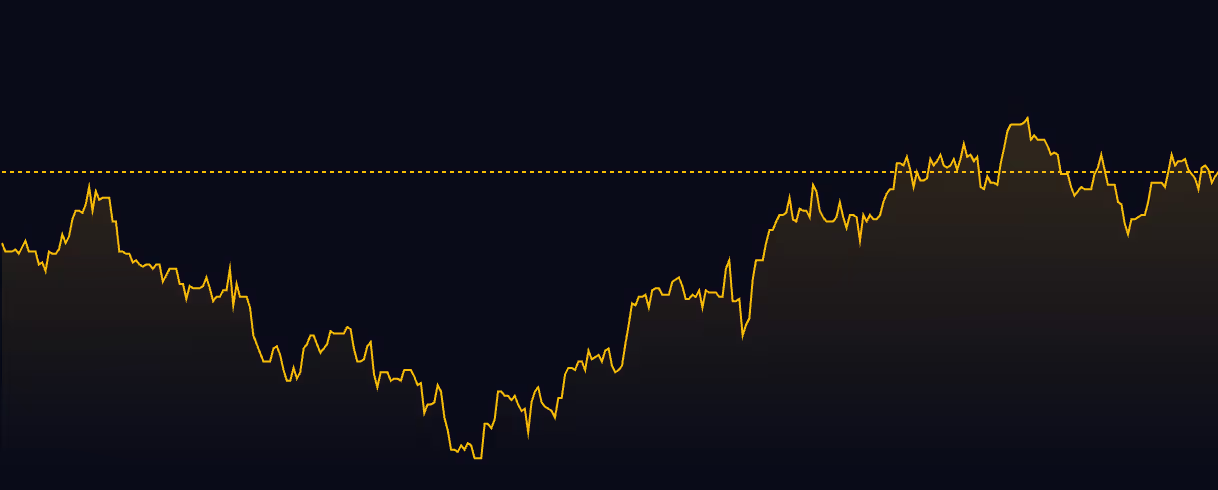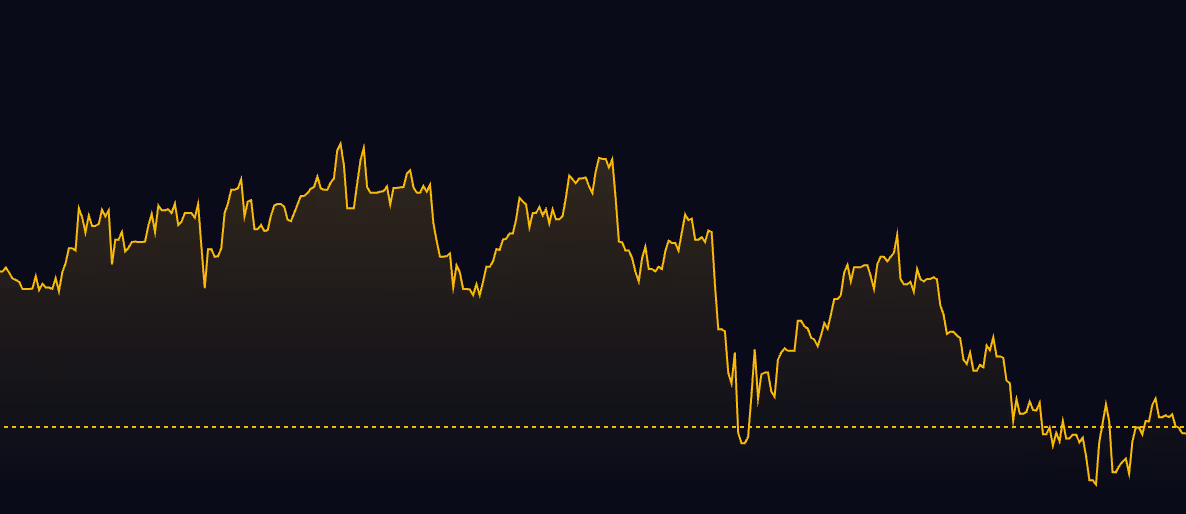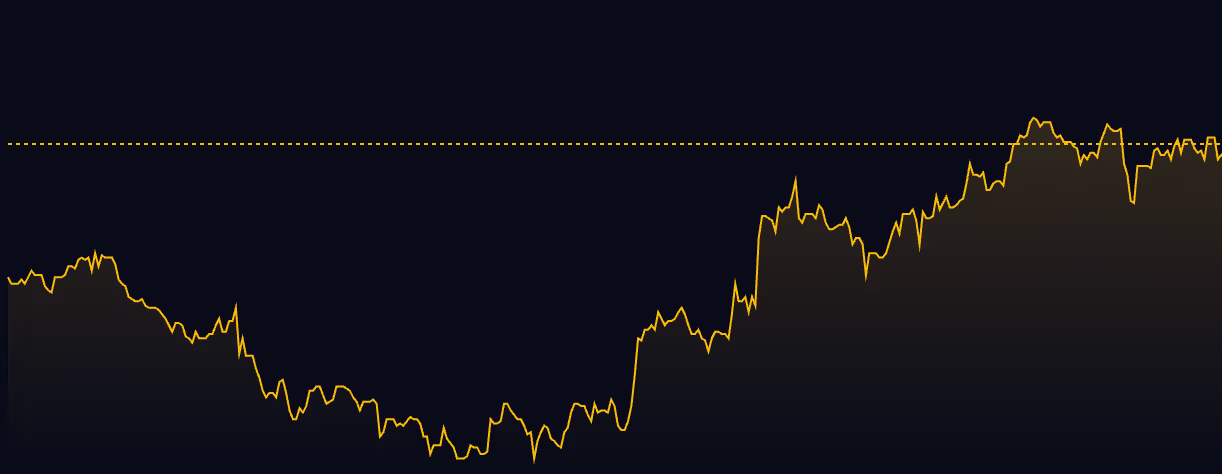When is the next SNB interest rate decision?
The next Swiss National Bank (SNB) interest rate decision is due on Thursday, December 11, 2025, at 08:30 UTC.
What is the meaning of SNB in finance?
The Swiss National Bank (SNB) conducts monetary policy assessments quarterly. Each assessment includes an interest rate decision (where the central bank will decide to raise, lower, or maintain the current policy rate), announced during a news conference.
What is the current interest rate in Switzerland?
The current Swiss National Bank (SNB) policy rate is 0.00%, effective from 20 June 2025, following a 25 bp cut on 19 June 2025.
This marks the SNB's sixth consecutive rate cut since March 2024. The decision was driven by negative inflation (–0.1% in May) and efforts to combat the strengthening Swiss franc.
- Policy rate: 0.00% as of 20 June 2025
- Latest cut: –25 bps on 19 June 2025
- Reason: low/negative inflation and a strong currency
Are higher interest rates coming?
With inflation currently below zero and deflationary risks rising, the Swiss National Bank (SNB) is unlikely to raise interest rates in the near future. Instead, it is more likely to keep rates at current levels—or potentially cut further into negative territory if economic conditions deteriorate.
For rate hikes to be considered, the SNB would need to see sustained inflation above its 1–2% target range and a weaker Swiss franc. At present, neither of these conditions appears likely, making tighter policy an unlikely scenario in the short term.
Insight on future SNB rate moves
- The SNB cut its policy rate to 0.00% on 19 June 2025, marking its sixth straight reduction. They explicitly left the door open to negative rates, though cautioned that such moves would require significant deterioration in inflation or growth.
- Inflation in Switzerland turned negative (−0.1% in May), while the Swiss franc is trading ~10–11% stronger vs. the dollar—both reducing imported inflation pressure.
- The SNB emphasised its focus remains on medium‑term price stability, not reacting to short-term fluctuations, and that any future cuts—including into negative territory—would be data-driven and conditional.
- Market expectations currently show roughly a 25–40% chance of another cut into negative territory by year-end. However, there's little expectation of rate rises until inflation sustainably trends upward within their 0–2% target range.
How many times a year does SNB meet?
The Swiss National Bank (SNB) holds four scheduled Monetary Policy Assessments (MPAs) each year—one in March, June, September, and December. During these quarterly meetings, the SNB’s Governing Board evaluates the economic outlook and decides on interest rate policy.
In addition to these regular meetings, the SNB retains the flexibility to act off-schedule if needed—for example, in response to extraordinary economic developments, as happened in 2008 and 2011 .
What is the current mortgage interest rate in Switzerland?
The current mortgage interest rate in Switzerland varies considerably depending on the type, term, and lender:
Average mortgage rates (May–June 2025)
- 5‑year fixed-rate mortgages: ~ 1.25% p.a. (lowest since 2022)
- 2‑year fixed-rate mortgages: ~ 1.12% p.a.
- 10‑year fixed-rate mortgages: around 1.62% p.a. on average
- Benchmark 10‑year rate: ~ 1.66%, with some lenders offering as low as 1.24%
Latest published offers (mid‑June 2025)
From Crédit Agricole Next:
- 3-year fixed: from 0.79%
- 5‑year fixed: from 0.99%
- 10‑year fixed: from 1.39%
From Generali Switzerland (as of 17 June 2025):
- 2-year fixed: 1.11%
- 3-year fixed: 1.15%
- 5-year fixed: 1.23%
- …up to 10‑year fixed at 1.56%
Summary
- Short-term fixed rates (2–5 years): between 0.79% – 1.25%
- Medium/long-term fixed rates (7–10 years): 1.3% – 1.66% (lender-dependent)
- Floating-rate (SARON‑based): margin typically ~ 1.00%, meaning ~ 1.20% total
Why are Swiss mortgage rates so low?
Mortgage rates have fallen sharply since SNB cuts in spring 2025. While short‑term rates are at multi-year lows, medium- to long-term rates remain elevated due to higher long-term bond yields. Most forecasts expect this curve to flatten only slowly through the rest of 2025.
Which country gives highest interest rate?
As of mid‑2025, the country with the highest official central bank interest rate is Venezuela, where the policy rate stands at around 59.4%.
Other top-ranking countries include:
- Turkey: Central bank rate is 46%
- Argentina: The Leliq policy rate is approximately 29%
- Russia: Central bank rate is about 20%
- Zambia: Policy rate around 14.5%
Why such high rates?
- Venezuela and Argentina are battling hyperinflation, requiring extreme rates to stabilise their currencies.
- Turkey sharp rates reflect efforts to anchor inflation expectations.
- Russia has elevated rates due to geopolitical pressures and capital flight.
This publication is intended for general information purposes only and should not be construed as financial, legal, tax, or other professional advice from Equals Money PLC or its subsidiaries and affiliates.
It is recommended to seek advice from a financial advisor, expert, or other professional. We do not make any representations, warranties, or guarantees, whether expressed or implied, regarding the accuracy, or completeness of the content in the publication.




















